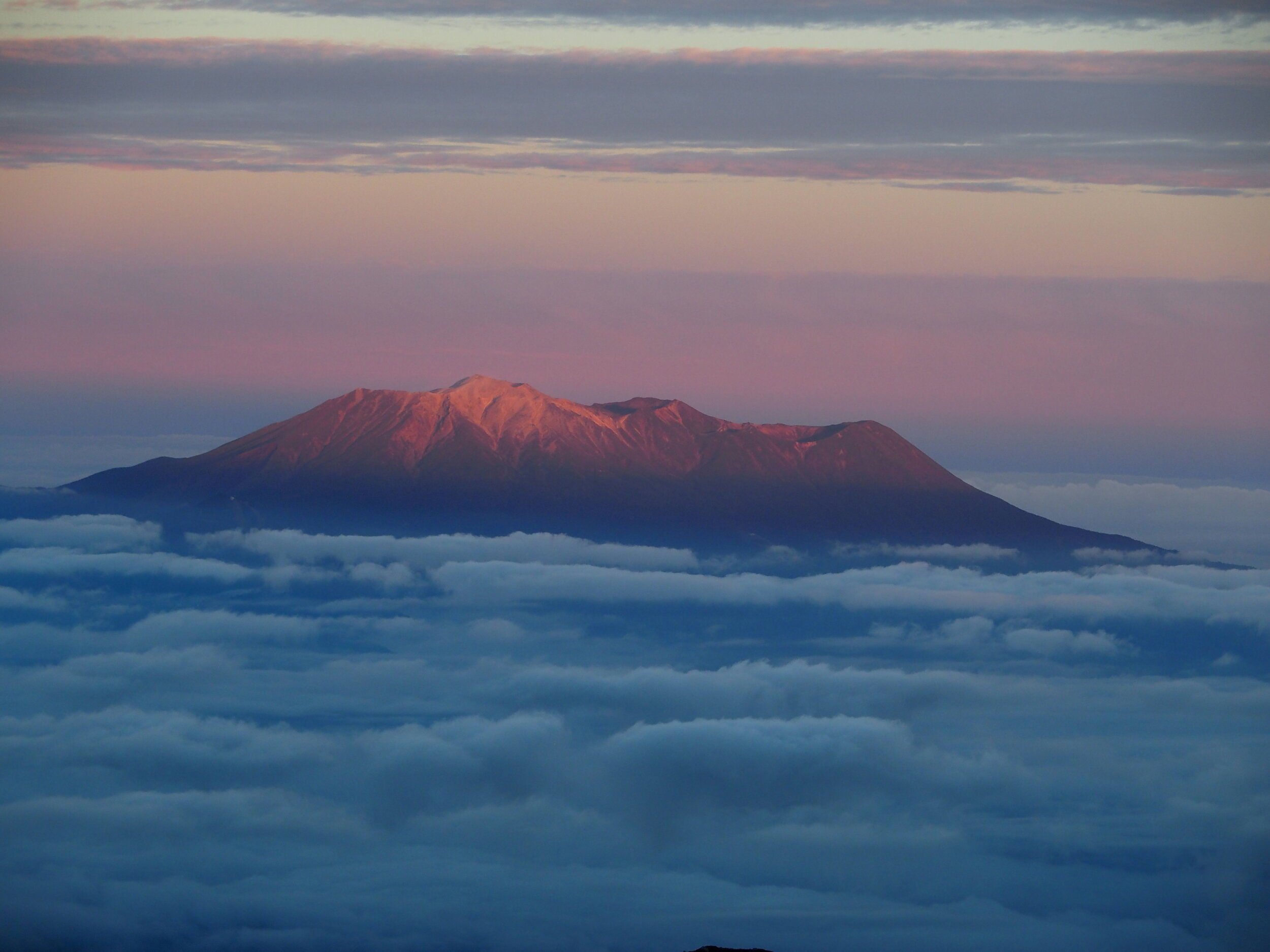Pilgrims of the Peak

High in the mist-laden folds of Japan’s sacred ranges—where ridgelines blur into the clouds and the stillness speaks louder than words—exists a spiritual tradition both austere and sublime. Here dwell the yamabushi: the mountain monks of Shugendō, practitioners of a centuries-old path that fuses physical hardship with transcendental purpose.
Shugendō—translated as “the path of training and testing”—emerged during the 7th century as a uniquely Japanese amalgam of Shinto nature reverence, esoteric Buddhism (especially from the Shingon and Tendai sects), and ancient animist beliefs rooted in Japan’s mountainous geography. While the teachings may vary, the practice is constant: seek enlightenment not through temples or texts, but through direct communion with nature’s most formidable and humbling environments.
Followers of this path, known as yamabushi, or “those who lie down in the mountains,” voluntarily remove themselves from the material world and submit to nature’s rigor. Their form of devotion is not quiet contemplation but rather strenuous, sacred exertion. Through rituals such as waterfall purification (takigyō), fire ceremonies (goma), fasting, and days-long treks through thick cedar forests, the yamabushi condition both body and spirit. These monks do not conquer the mountain—they become part of it.
Dressed in white robes symbolizing purity, wearing straw sandals that whisper against the forest floor, and sounding horagai conch shells to announce their presence to the spirits of the mountain, the yamabushi live lives defined by discipline and balance. Each journey into the wilderness is a pilgrimage and a test—an offering of humility in exchange for wisdom. Among their sacred grounds is Mount Ontake, long revered as a place of divine power, and the Kumano Kodo, a network of pilgrimage trails through the Kii Mountains, walked for over a thousand years by emperors and commoners alike. These are not just geographic locations—they are living altars, etched with the footprints of generations seeking spiritual clarity.
One notable yamabushi, Shōkū, a 10th-century monk, is said to have performed 1,000 consecutive days of mountain asceticism, a feat known as sennichi kaihōgyō. In modern times, some yamabushi continue this grueling tradition on Mount Hiei near Kyoto, walking up to 50 kilometers daily for seven years—rain, snow, or shine—as an expression of absolute commitment and transformation.
Here at the heart of Shugendō lies a principle: the peaks are not an obstacle, but a sacred instructor acting as both teacher & temple. Its weathered faces and whispering pines shape the spirit just as much as they challenge the body. Strength is not found in mastery of nature, but in one’s reverent surrender to it. And it is this philosophy of grace through hardship, that strives for everlasting harmony & humility of life in the mountains. For the Shugendō strength is found not through conquering the landscape, but through surrender to its raw and timeless power. As such, the alpine environment becomes a crucible for transformation, clarity, and an ultimate spiritual awakening.









